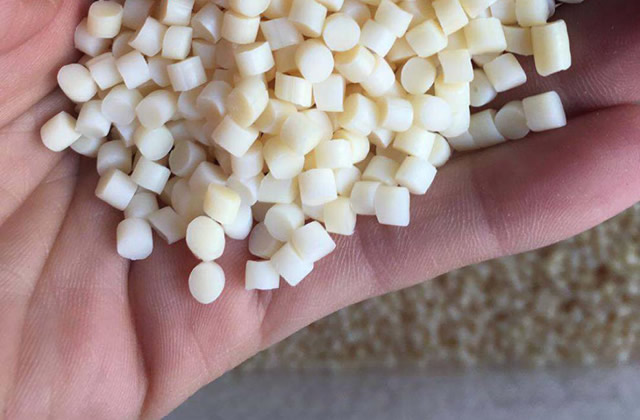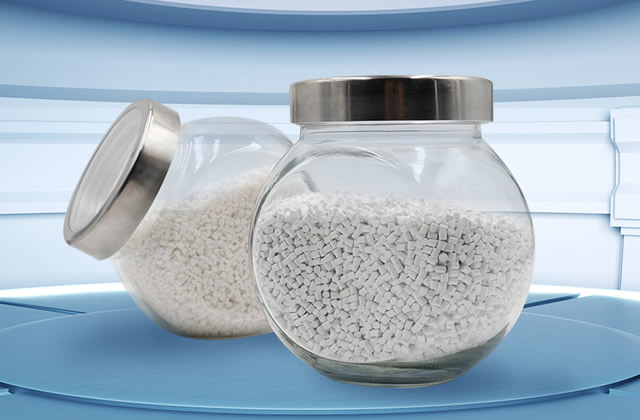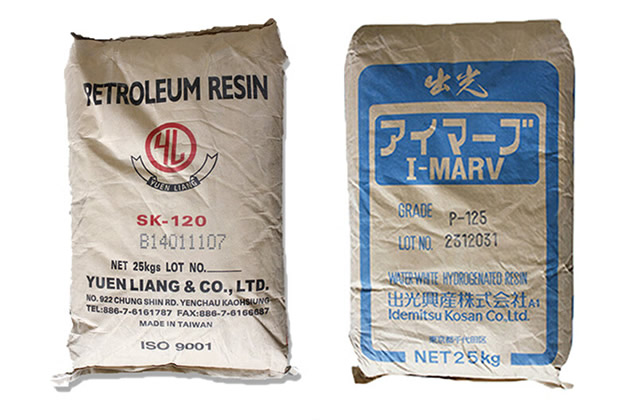What is a water-reducing agent?
A water-reducing agent is a kind of water-reducing agent that is basically ineffective in maintaining the slump of concrete. A concrete admixture that can reduce mixing water consumption under changing conditions. Most of them are anionic surfactants, including lignin sulfonate, naphthalene sulfonate formaldehyde polymer, etc. After being added to the concrete mixture, it has a dispersing effect on the cement particles, which can improve its workability, reduce the unit water consumption, and improve the fluidity of the concrete mixture; or reduce the unit cement consumption and save cement.

What are the types of water reducing agents
1. According to the appearance form
it is divided into water agent and powder. The solid content of liquids is generally 20%, 40% (also called mother liquor), and 60%, and the solids content of powders is generally 98%.
2. According to water reduction and enhancement capabilities
Divided into ordinary water reducing agents (also known as plasticizers, the water reducing rate is not less than 8%, with lignin sulfonate Class is represented), high-efficiency water-reducing agents (also known as superplasticizers, the water-reducing rate is not less than 14%, including naphthalene series, melamine series, sulfamate series, aliphatic series, etc.) and high-performance water-reducing agents (The water reducing rate is not less than 25%, represented by polycarboxylic acid water reducing agent), and are divided into early strength type, standard type and retardant type.
3. According to the composition materials
Lignin sulfonates, polycyclic aromatic salts, water-soluble resin sulfonates, naphthalene-based high-efficiency water-reducing agents, fats Family superplasticizer, amino superplasticizer, polycarboxylic acid superplasticizer, etc.
4. Composition according to chemical composition
Lignosulfonate superplasticizers, naphthalene series superplasticizers, melamine series superplasticizers, sulfamate Acid-based superplasticizers, fatty acid-based superplasticizers, polycarboxylate-based superplasticizers.
What are the functions of water reducing agent
1. Without changing the ratio of various raw materials (except cement) and the strength of concrete, the amount of cement can be reduced and added A concrete water-reducing agent with a cement quality of 0.2%~0.5% can save more than 15~30% of the cement amount
2. Without changing the ratio of various raw materials (water removal) and the slump of concrete Under the circumstances, reducing the amount of water can greatly improve the strength of concrete. The early strength and late strength are respectively 60% and 2 higher than that of concrete without water reducing agent.Above 0%, by reducing water, high-strength concrete with C100 grade can be poured.
3. Without changing the ratio of various raw materials, the rheology and plasticity of concrete can be greatly improved, so that concrete construction can be carried out by self-flow, pumping, without vibration, etc., improving Improve construction speed and reduce construction energy consumption.
4. Adding high-efficiency concrete water-reducing agent can more than double the life of concrete, even if the normal service life of the building is more than doubled.
5. Reduce the shrinkage rate of concrete solidification and prevent cracks in concrete components; improve frost resistance, which is beneficial to winter construction.
What is the mechanism of water reducing agent
1. Dispersion
After the cement is mixed with water, due to the hydration of the cement particles, the cement particles show A double electric layer structure is formed to form a solvated water film, and the surface of the cement particles has an opposite charge, which causes an association between the cement particles, causing the cement slurry to form a flocculation structure, so that 10% to 30% of the mixing water is wrapped Among the cement particles, they cannot participate in free flow and lubrication, thus affecting the fluidity of the concrete mixture.
When water-reducing agent is added, since the water-reducing agent molecules can be directionally adsorbed on the surface of the cement particles, the surface of the cement particles carries the same charge (usually negative charge), forming electrostatic repulsion, which promotes the cement to The particles disperse each other, the flocculation structure disintegrates, and part of the wrapped water is released to participate in the flow, thereby effectively increasing the fluidity of the concrete mixture.
2. Lubricating effect
The hydrophilic group in the water-reducing agent is very polar, so the water-reducing agent adsorption film on the surface of the cement particles can form a stable layer with water molecules. Solved water film, this water film has a good lubrication effect and can effectively reduce the sliding resistance between cement particles, thereby further improving the fluidity of concrete.
3. Steric hindrance
The hydrophilic branch chains in the superplasticizer structure extend in the aqueous solution, thus forming a certain thickness on the surface of the adsorbed cement particles. Hydrophilic three-dimensional adsorption layer. When the cement particles are close to each other, the adsorption layers begin to overlap, that is, steric hindrance occurs between the cement particles. The more overlap, the greater the steric repulsion, and the greater the obstruction to the cohesion between cement particles, causing the concrete to collapse. The temperature remains good.
4. The sustained-release effect of grafted copolymer branch chains
During the preparation process of new water-reducing agents such as polycarboxylate water-reducing agents, on the molecules of the water-reducing agent Graft some branched chains, which not only provide steric hindrance effect, but also can be slowly cut off in the high alkalinity environment of cement hydration, thereby releasing polycarboxylates with dispersing effect. Acid, thus improving the dispersion of cement particles and controlling slump loss.
If the website content violates your rights, please contact us to delete it。








